Description
Jon’s coffee special features three of our most popular coffees.
*Bundles change over time. You will get the listed coffees at the time of order. *
This bundle includes:
Ethiopian Yirgacheffe Org. Washed Gr. 1 – Hafursa Cooperative
This coffee is sourced from family owned farms organized around the Hafursa Cooperative located in southern district of Yirgacheffe, Ethiopia. The Hafursa Cooperative was established in 1975 and currently has approximately 893 members who produce their coffee on plots of less than 1.5 hectares that are shaded, and intercropped with banana and other nitrogen fixing crops. In 2002, the cooperative joined the Yirgacheffe Coffee Farmers Cooperative Union (YCFCU), an umbrella organization established 2002 to support a sustainable coffee supply from cooperatives in the Gedeo ethnic region of Ethiopia. There are twenty-six other cooperatives affiliated with the YCFCU totaling more than 35,000 members.
Tasting Notes: Best at the light to medium roast levels. Very crisp, clean and exotic. Great aromatics filled with jasmine spice and soft fruit. Lighter roasts are filled with new crop acidity and floral notes, mostly citric but a little soft fruit tone can be found. The balance of the cup comes from a semi-tea-like chocolate factor. I tend to think of it as chocolate spice notes but many tongues can pick up a little black tea note. Medium roasts still have a bit of citric acidic, build a good body and bring forth more of the chocolate spice note, reducing the acidity slightly so even more of the exotic tones of this cup can be found. Darker roasts are always tasty for those who like fuller roasts. This is how they would traditionally serve these beans in Ethiopia. Almost a shame, for it loses the cool spice and lighter note balance, but will still make for a good exotic smoky and chocolaty cup.
Roasting Notes: Easy to roast, very clean coffee, even roasting with medium to low chaff. Lighter roasts will have some decent acidity but can provide a wonderfully exotic cup. Will look one shade darker than it really is in the roaster, similar to many African coffees. I like to watch the splotchy-ness of each bean to mark the roast level. As the beans fade to even brown, this marks a strong medium roast. A light roast should be semi-splotchy. Dark roasts are still marked by hints of oil on the surface.
Colombian Regenerative Org. Tolima – MULTICOOP – Washed Processed
This Regenerative Organic certified coffee boasts a complex cup profile, characterized by notes of candied papaya, pineapple, and herbaceous nuances over a solid chocolate base, a result of the mineral-rich volcanic soils of the Tolima department. The lot specifically originates from the municipalities of Planadas, Rioblanco, and Chaparral, a region that, after years of isolation due to armed conflict, has revitalized its agricultural economy by leveraging its privileged geographical conditions and altitudes ranging from 1,500 to 2,200 meters. Production is managed by the Multiactive Cooperative (Multicoop), an organization that brings together 379 small producers focused on standardizing quality and positioning the coffee from this area in the specialty market.
The agricultural practices for this lot go beyond traditional organic farming, implementing a regenerative model designed to restore soil health and increase local biodiversity. Coffee farmers use natural compost and cover crops that not only nourish the coffee plants but also help capture carbon and retain water in the soil. Processing is decentralized: each family operates its own micro-mill on the farm, handling selective harvesting, pulping, fermentation, and sun-drying. This allows for rigorous quality control at every stage before the beans reach the collection point.
To guarantee traceability and export logistics, Multicoop works in strategic partnership with Mastercol, who handle the milling and final preparation of the beans for the international market. This collaboration directly connects high-altitude producers with global buyers, ensuring that the value generated by the coffee’s quality returns to the communities for reinvestment in their crops. This coffee is a clear example of sustainable and technically sound production, offering a clean and consistent cup that faithfully reflects the terroir of the Colombian Andes.
Tasting Notes: A very pleasant cup, great daily drinker being a classic Colombian cup. Above average cleanliness and brightness, not a sizzling cup but definitely crisper than most Colombians. Medium bodied with a smooth and rich mouthfeel, stays sweet and clean from start to finish. At light roast points, the profile is crisp and herbal, showcasing brighter citrus notes of lemon and orange, hints of tropical fruit. As you move into a medium roast, the acidity decreases considerably, smoothing out into rich nutty, chocolate with hints of soft fruit; interestingly, as the cup cools, the brightness re-emerges to lift the chocolate notes. If you take it to a dark roast, the acidity disappears completely, leaving a heavy body with deep chocolate flavors, great cleanliness, and lingering sweetness.
Roasting Notes: Easy to roast with good bean size, few defects, and very low chaff due to the processing. We recommend a roast level between Light and Medium to capture the perfect balance of fruit, acidity and chocolate. If you are aiming for a light roast to highlight the acidity, be sure to develop it slightly past the first crack; stopping too early can result in raw peanut or hazelnut notes. For fans of darker coffee, this bean handles heat well, offering a very clean and full-bodied cup without the fruit tones.
Costa Rican Central Valley – Cafe Vida – Washed Processed
Costa Rica’s Central Valley is widely considered the heart of the country’s coffee industry, shaped by high elevations, steady weather patterns, and volcanic soils that have supported coffee farming for generations. Coffee has been part of Costa Rica’s economic story since the late 1700s, and by the 1820s it had become a major agricultural export.
Another thing that sets Costa Rica apart is how organized the coffee sector is. The national coffee authority, ICAFE, was established in the early 1930s to support agricultural and commercial development and to provide industry oversight. Café Vida is a regional program built to highlight the classic, approachable side of washed Costa Rica: balanced sweetness, soft acidity, toasted nut character, and an easy “daily driver” profile that works both as a single origin and in blends. Harvest runs December through February, with coffees grown at 1200–1800 masl.
Being a small holder aggregate, or regional example, it’s not tied to a single cultivar, it’s contains a blend of the regional staples like Caturra, Catuai, Bourbon, Villa Sarchi, Villalobos, Sarchimor, Venecia, and Costa Rica 95. Washed processing in Costa Rica is designed to be efficient with water use, which one can feel very good about. Driven by national regulation but everyone loves clean water.
Tasting Notes: A nutty and chocolaty cup, with a hint of floral and citric crispness and a slight red fruit sweetness. A good bean for daily drinking and tasty from light to dark roasts. We thought it best around a medium roast, classic Costa with just a pinch of acidity, nutty and chocolate tones with a little floral kicker in the aftertaste. An excellent cold brew, its notes are slightly more pronounced, highlighting its acidity, body, and chocolatey notes. It’s a clean and refreshing coffee with a smooth, lingering sweetness, offering subtle hints of almond and walnut.
Roasting Notes: A straightforward and easy-to-roast washed coffee. For a sweeter and more balanced profile, a medium-light to medium roast is recommended, allowing the cocoa and almond notes to develop. This roast level provides a good balance between acidity and these chocolatey tones. Roasting it darker will yield more pronounced notes of chocolate, spices, and other aromas. If you prefer coffees that aren’t too intense, this coffee is perfect for you. We recommend letting it rest for a couple of days to allow the acidic notes to become more prominent.
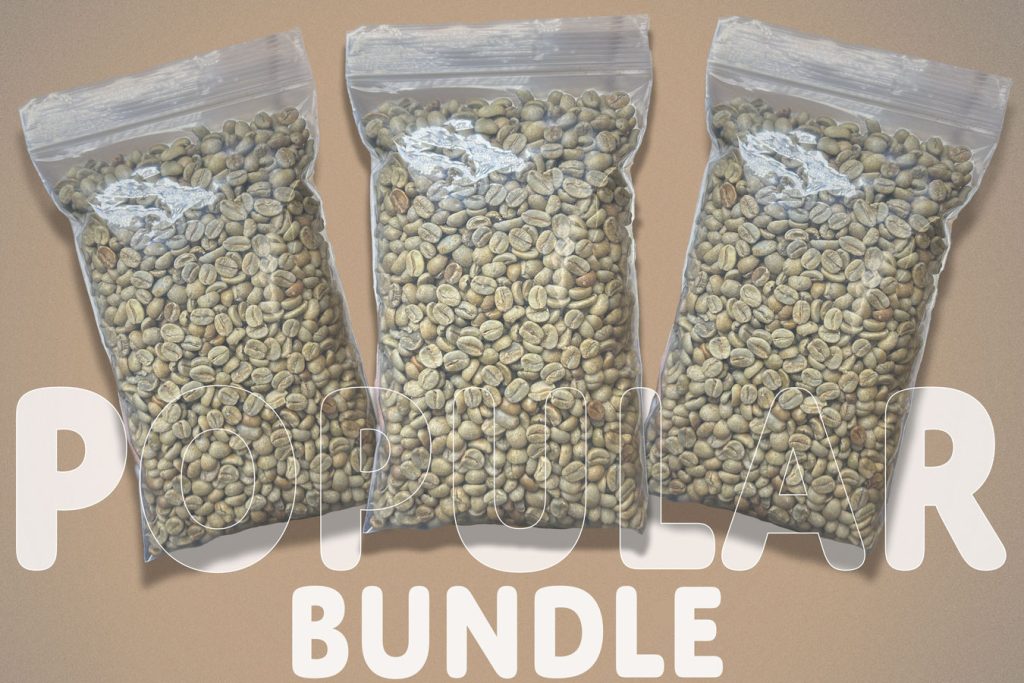

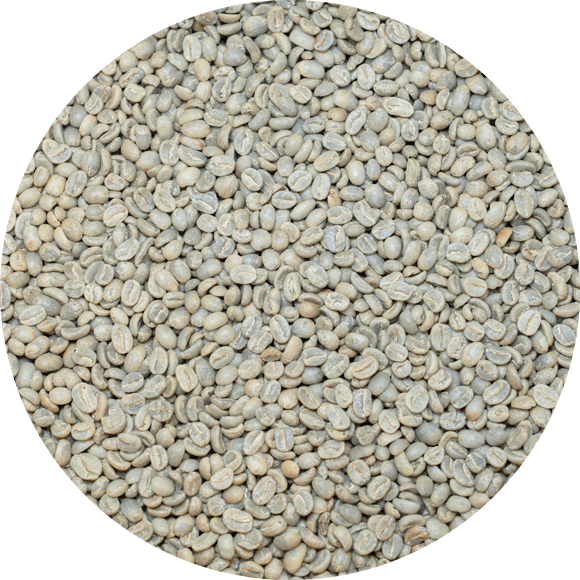
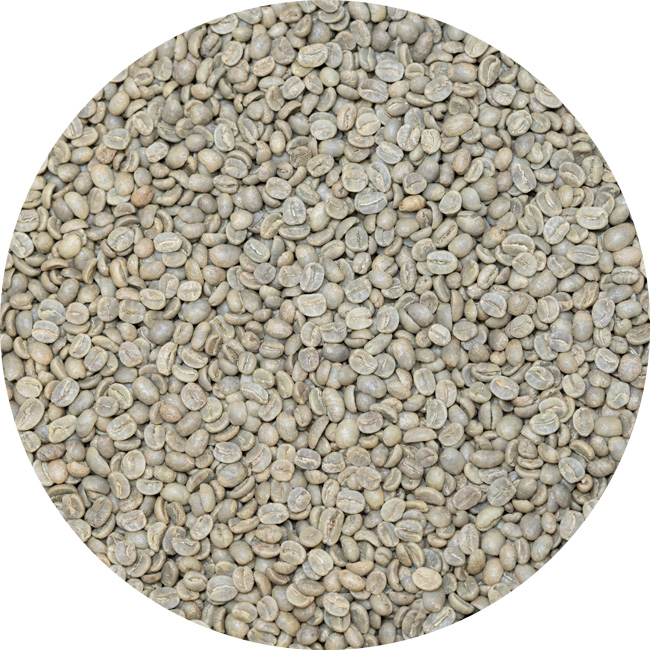
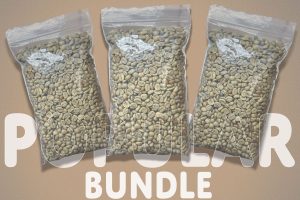
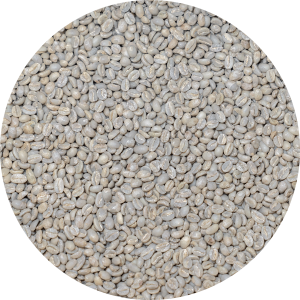
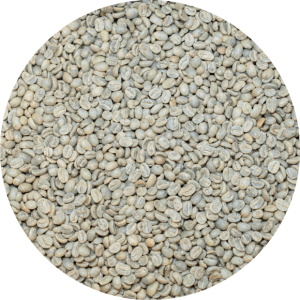
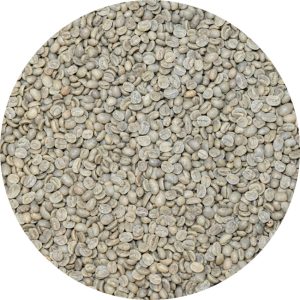
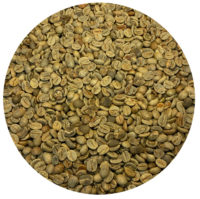
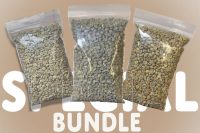
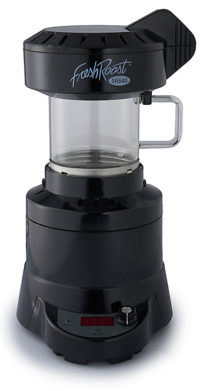
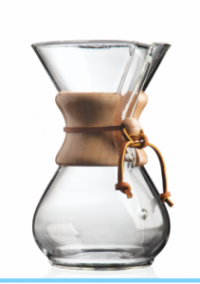
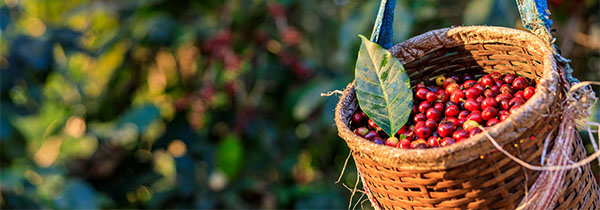
Bill M. –
I always love this coffee. It has a lovely and complex flavor. No one element dominates. I like to roast it medium to medium dark. Each pound I roast is a different variety, but every time I roast this one, both my wife and I absolutely love it.
John Newton (verified owner) –
This is an excellent sampler of coffees from Central America. They are all delicious.